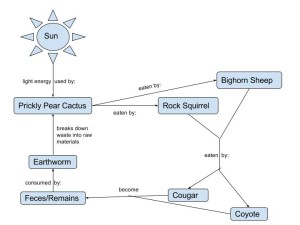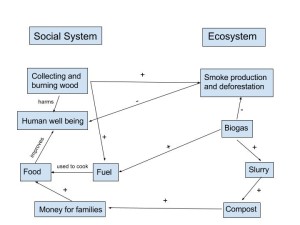Is it more important to be a good person or to perform good acts (virtue ethics vs. action ethics)?
I believe that it is better to perform good acts than to be a good person. The consideration of this question was very extensive and difficult, but it eventually came down to one factor for me. I believe that the most important aspect of these two options is the ultimate effect it has on others. By performing a good act, one is directly affecting those around him in a positive manner. Additionally, this demonstration of a good act may be enough to motivate someone else to perform a similar good act later on. While I do believe that it is good to be a good person, it is possible for a good person to live their whole life without performing good acts. It is one thing to believe in and think the right thing, but it is another thing to practice it. Thus, I believe that it is more important to consistently perform good acts than it is to be a good person. Of course, in the consideration of this question, I quickly concluded that those who perform good acts must be inherently good. However, this is certainly not the case everywhere and those who perform good acts as a means to other less virtuous ends are not ethically grounded.
Do the pleasure and pain of non-human animals matter as much as the pleasure and pain of humans (speciesism)?
The pleasure and pain of non-human animals should be of equal importance with those of humans. While we humans do have the brainpower and motivation to use other animals to our advantage, I do not think that we fully understand the effects of these actions. The easiest way for humans to understand other humans is through the articulation of emotions and physical phenomena. When a human is experiencing pleasure or pain, they can articulate that feeling with language. Non-human animals are unable to articulate their sensations, and can only do so with noises and body language. This inability to communicate, as well as the general inability to escape or fight back causes me to pity animals. Just because another organism cannot communicate on our level or think at the same capacity, does not mean that they deserve, or should be subjected to, worse treatment. Killing animals for food is a situation in which I can bypass my ethical grounds on animal treatment, but only to an extent. Ideally, I would have livestock in comfortable living quarters for the majority of their lives, until the time to harvest them comes which is when we should issues a swift and painless death.
Is my own life worth more than the lives of others, the same, or less (selfishness vs. altruism)?
My life is worth more, to me, than the lives of others. It was difficult to write that, almost as difficult as it was to come to that conclusion. Throughout my childhood, my parents and teachers constantly reiterated the importance of being a selfless, compassionate person. I have built upon these basic guidelines and have tried my best to live accordingly. However, when it comes down to decisions that are as serious as determining the worth of a life, dissonance quickly takes hold. I would love to write that other lives are more important and that I would gladly give up my own in order to save another. Yet when I truly consider it, I think of my life as being more important than those of the people around me. In the big picture, outside of my biased mind, I don’t think that my life is generally worth any more or less than anyone else. I believe that on the grand scale of things, each person contributes what they can to society and the world and that is enough.




